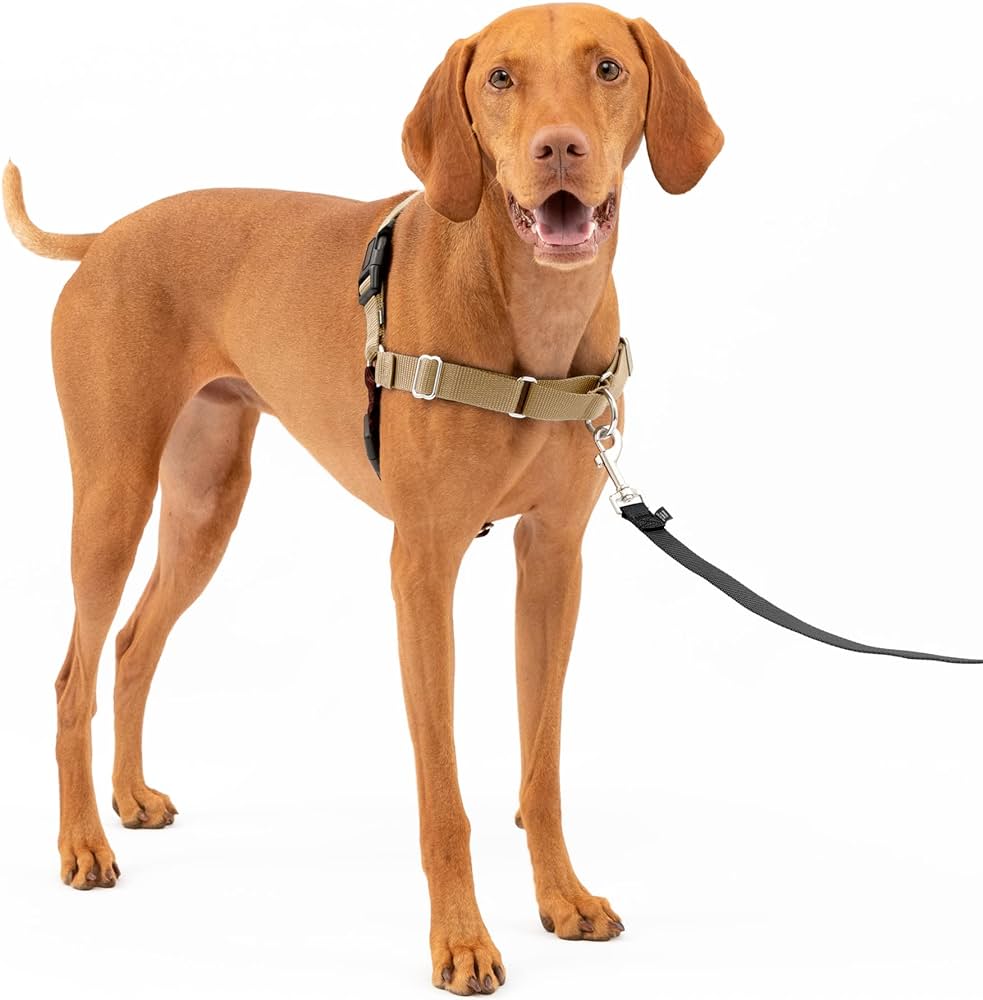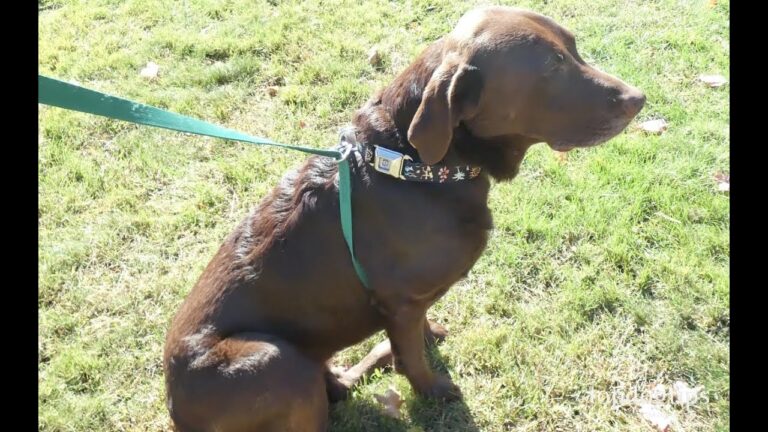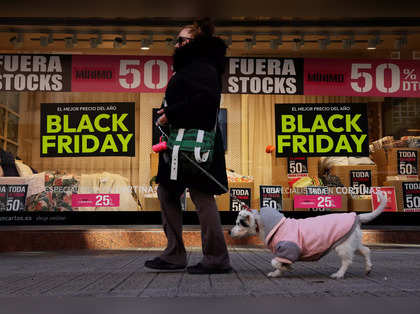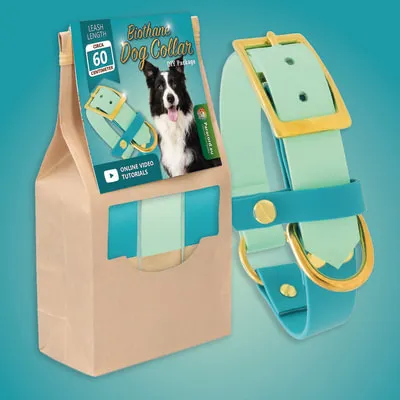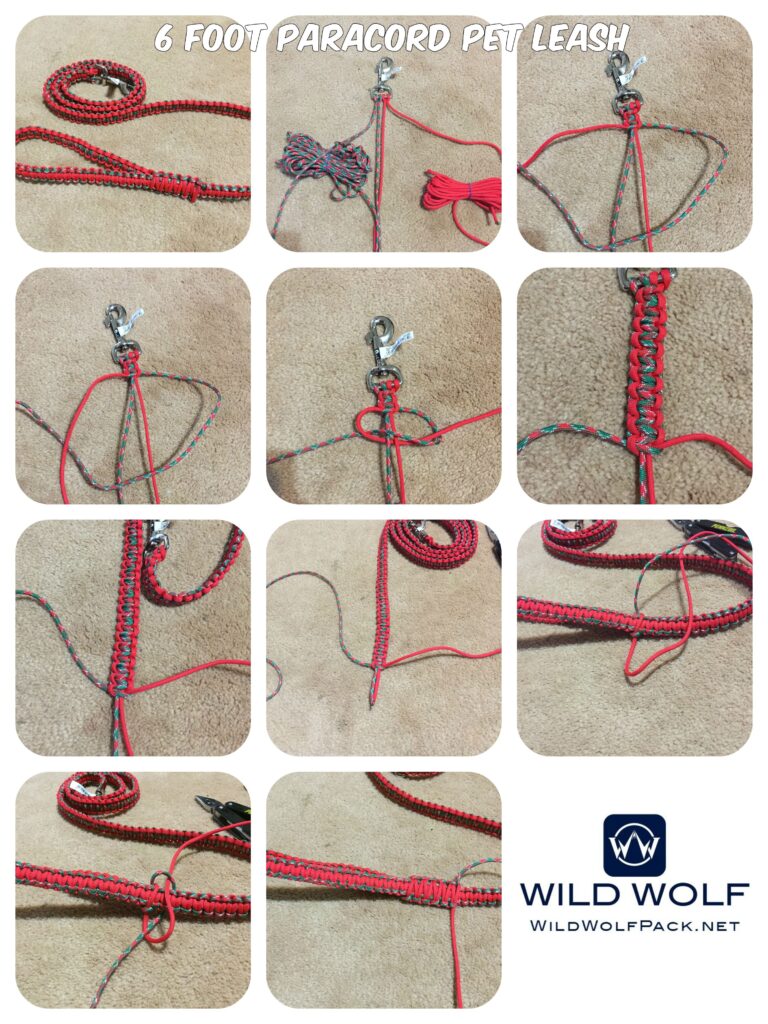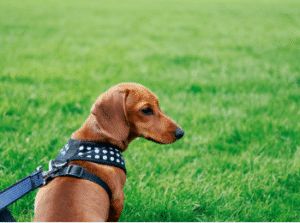What to Do If Dog Escapes Leash: Expert Tips
Last Updated on May 17, 2024 by Petpalace54
If your dog escapes its leash, stay calm and try to lure it back using its favorite toy or treats. It’s important not to chase after your dog or panic, as it may make them run further away from you. Once within reach, hold onto the leash firmly and reward your dog for coming back to you. There are also steps you can take to prevent your dog from escaping, such as using a harness instead of a collar, making sure the leash is properly secured, & teaching your dog obedience commands.
What to Do If Dog Escapes Leash? By being prepared and staying calm, you can ensure the safety of your furry companion and prevent future escapes. Well, let’s explore more in detail below.

Credit: www.goodhousekeeping.com
Table of Contents
Stay Calm
If your dog escapes the leash, it’s important to stay calm. Resist the urge to chase after them and instead, call their name in a high and excited voice and encourage them to come back to you. Bring along a leash, toys, & treats to quickly grab them when you find them.
Chasing your dog can make them more excited and more likely to run further away. The most important thing to do if your dog escapes the leash is to stay calm. Panicking can make the situation worse. Under stress, it’s easy to forget what to do and what not to do. In this situation, staying calm is crucial as it helps you think logically & make the best decisions to get your dog back.
Importance Of Staying Calm
When a dog escapes the leash, it’s natural to panic, but it’s essential to stay calm during this stressful situation. Calming down helps you think rationally and make sound decisions. By staying calm, you can prevent your dog from running further away from you. Dogs are sensitive to their owner’s emotions, and they’re quick to pick up on any stress or fear. If you’re anxious or scared, your dog may become more agitated and difficult to control. That’s why it’s crucial to stay calm & in control.
How Staying Calm Can Help
Staying calm can help you take the right actions to get your dog back. Panic may cause you to chase after your dog, which may encourage them to continue running further away. By staying calm, you can avoid doing anything that could scare your dog & worsen the situation.
When you’re calm, you’re more likely to remember basic commands that your dog knows. For example, if your dog knows commands like “come” or “stay,” you can use them to bring your dog back. If you’re calm, you can think of ways to lure your dog back to you, such as calling their name in an excited and friendly voice or using treats to entice them.
In conclusion, staying calm is crucial when your dog escapes the leash. It helps you think logically and make sound decisions to regain your dog. By staying calm, you can prevent your dog from running further away and avoid doing anything that could scare them. Remember to take deep breaths & focus on staying calm and in control. With the right approach, you can reunite with your furry friend quickly.

Credit: www.amazon.com
Preventative Measures
If your dog escapes the leash, stay calm and avoid chasing after them. Instead, use their favorite toy or treat to call them towards you. Always ensure you have proper identification on your dog and consider training them to come when called in case of future emergencies.
Preventative Measures:
Dog owners know how dreadful it feels to lose control of their pets in public. Dogs that escape leashes can cause chaos and accidents, and the owner can face liability for damages. To prevent such events, it is crucial to take some necessary measures. In this section, we will look at some preventive measures that can be taken to avoid your dog escaping the leash.
Choosing The Right Leash
The first step to preventing your dog from breaking free is to choose the right leash. The leash length and material both play a crucial role. A retractable leash may seem ideal, but it can be a safety hazard as it can tangle and break when pulled. Therefore, it is suggested to use a fixed-length leash made of sturdy material for better control.
Training Techniques
Your dog’s training is another crucial factor that determines their behavior on and off the leash. To prevent any mishaps, it is recommended to train your dog and make them comfortable with the leash. You can start by practicing basic commands like “stop,” “stay,” and “come,” to reinforce good leash behavior. Consistent training will train your dog to behave calmly in public, making them less likely to bolt away.
Tools & Accessories
Apart from the leash, several tools & accessories can help you keep your dog under control. Choosing a harness instead of a collar can help reduce the risk of choking or strangulation. Adding a GPS tracking device to your dog’s collar can aid you in tracking your pet if it manages to escape. Additionally, a whistle or a noisemaker can catch their attention in case they escape and run away.
In conclusion, even with the right tools and training, dogs may still escape their leashes. However, preventative measures significantly reduce the likelihood of such events. By choosing the right leash, training your dog, & using the necessary accessories, you can curb potential pawsome problems.
What To Do If Your Dog Escapes
HTML format:
If your dog escapes its leash, it can be a stressful experience for both you and your furry friend. However, it’s important to remain calm & follow proper procedures to ensure a safe and successful retrieval of your dog.
Don’t Chase
The first rule of thumb is not to chase after your dog. Running after your dog can cause them to go into a panicked state and potentially run further away. Instead, try to calmly & confidently call your dog’s name in an excited voice.
Call Your Dog In An Excited Voice
When calling your dog’s name, use a high-pitched and excited voice to keep their attention and encourage them to come back to you. This should ideally be a recall command that your dog is already familiar with.
Lure Your Dog With Treats Or Toys
If calling your dog doesn’t work, try luring them with treats or toys. Bring along some of your dog’s favorite treats or toys when going for walks to use in these kinds of situations. You can hold onto the treat or toy & slowly move it toward you, encouraging your dog to follow.
Overall, it’s important to keep a clear and level head if your dog escapes its leash. Follow these steps to increase the chances of a successful & safe retrieval of your furry friend.
Proofing Your Recall
To prevent your dog from running away when it escapes its leash, there are a few things you can do. First, stay calm and call your dog in an excited voice. Make sure you have treats and a leash with you when searching for your dog.
You can also try leaving familiar-smelling items and food at the last place where your dog was seen to attract it back.
Proofing Your Recall
Dogs are naturally curious and energetic. Therefore, it’s common for dogs to try to escape their leash during walks, which can be dangerous. Even a well-trained dog can get spooked and pull away from their owner. When this happens, the most important thing is to stay calm and focused. One way to prevent this from happening is by proofing your recall, which means training your dog to come back to you on command, even when distracted or in a high-stress environment. Let’s take a look at some tips and tricks on how to prove your recall:
Teaching Recall with Distractions
To proof your recall, you need to train your dog to come back to you in different scenarios. Start by practicing in a quiet, controlled environment with little or no distractions. Once your dog consistently comes back to you, you can gradually increase the difficulty level. Add distractions, such as toys, food, or other people and pets. Using positive reinforcement, reward your dog with treats or praise every time they come back to you. This way, your dog will learn that coming back to you is a good thing and will be more likely to do so, even in distracting environments.
Handling and Picking Up Your Dog
When your dog has escaped their leash, it’s crucial to handle and pick them up properly. Before approaching your dog, make sure to stay calm and speak in a gentle, reassuring voice. If your dog is scared or agitated, they may react negatively if handled roughly. Approach your dog slowly and avoid sudden movements. Try to coax your dog to come to you with treats or a favorite toy. If that doesn’t work, try to get close enough to grab your dog’s collar or harness. If necessary, pick up your dog and hold them close to your body. Make sure to keep your dog secure and prevent them from running off again.
Teaching Your Dog to Jump on Your Lap
Teaching your dog to jump on your lap is a useful command, especially when handling a small or medium-sized dog. To teach this command, start by teaching your dog to jump on a low bench or chair. Use a treat or toy to entice your dog to jump on the bench. Once your dog has mastered that, add a verbal cue, such as “Lap!”. Practice this command until your dog responds consistently. This command will help you to secure your dog & prevent them from running off during unexpected situations.
In conclusion, proofing your recall is an important part of dog training and can save your dog’s life in an emergency. By teaching your dog to come back to you on command, handling and picking them up properly, and teaching them to jump on your lap, you can ensure that your dog is safe & secure during walks. Remember, staying calm and focused is the key to handling any situation with your beloved furry friend.
Anchoring A Larger Dog
If your larger dog escapes from their leash, it can be a stressful situation, but anchoring them can provide a temporary solution while you search for a more permanent one. If you have a long leash or rope, you can secure it to a sturdy object, like a tree or post, and attach it to your dog’s collar to keep them from running away.
Anchoring a Larger Dog: How to Anchor a Larger Dog Safely
When it comes to handling an escape artist, a larger dog can be especially challenging. However, there are ways to anchor a larger dog that can help keep them safe while you track them down. Here are some tools and techniques to consider:
How to Anchor a Larger Dog Safely
First, it’s important to recognize that anchoring a larger dog requires a strong and sturdy object. You don’t want to anchor your dog to something that can easily be moved or pulled over. Here are some ways to anchor a larger dog safely:
1. Use a tree or post. This is one of the easiest and most common ways to anchor your dog. Make sure the tree or post is thick & sturdy enough to support your dog’s weight.
2. A ground stake. A ground stake can be used if there are no trees or posts available. Make sure the stake is long enough & strong enough to support your dog. You can also loop the leash around the stake a few times to create more tension.
3. A heavy object. If you don’t have access to a tree or ground stake, you can use a heavy object to anchor your dog. This could be a heavy rock, sandbag, or other object that is too heavy for your dog to move.
Tools & Techniques for Anchoring
There are a few tools and techniques that can make anchoring a larger dog even easier. Here are a few to consider:
1. A Harness. A harness can be used with the leash to help distribute your dog’s weight & prevent choking. It’s also less likely to break than a collar if your dog pulls or struggles.
2. A Long Leash. A longer leash can give your dog more room to move around while still keeping them anchored. Be sure to use a strong leash that won’t break or fray.
3. A Zip Line. A zip line can be used to give your dog more freedom to roam while still keeping them anchored. It’s important to make sure the zip line is strong enough to support your dog’s weight and that it’s securely anchored on both ends.
In conclusion, anchoring a larger dog can be a challenge, but with the right tools and techniques, it’s possible to keep your dog safe while you track them down. Always remember to use a strong and sturdy object, a strong leash, and a harness if possible. Thus, by taking these precautions, you can help prevent your dog from escaping and keep them safe.
Preventing Future Escape Attempts
If your dog escapes its leash, the best thing to do is to stay calm, call their name in an excited voice & have treats, a toy, and a leash handy to quickly grab them when you find them. Prevent future escape attempts by training them to come when called and walking on a loose leash.
Preventing Future Escape Attempts
If your dog has run away before, you know how stressful and overwhelming it can be. Fortunately, there are ways to prevent future escape attempts. In this section, we will discuss three ways to keep your dog secure and reduce the likelihood that they will run away again.
Identifying Triggers
The first step in preventing future escape attempts is to identify what’s causing your dog to run away. Dogs often run away because of fear, boredom, or a desire to explore. Once you know why your dog is escaping, you can take steps to address the root cause. For example, if your dog is escaping because they’re bored, providing more mental & physical stimulation may help reduce the desire to escape.
Training & Reinforcement Techniques
Another way to prevent future escape attempts is to train your dog to stay close to you and come when called. This training requires repetition, positive reinforcement, and patience. Methods such as recall training, reinforcement of basic obedience commands, and using rewards for good behavior can also be helpful. Remember to always use positive reinforcement techniques & avoid using punishment or negative reinforcement, which can create more anxiety and fear in your dog.
Introducing New Tools & Techniques
Lastly, introducing new tools and techniques can help prevent future escape attempts. For example, using a secure harness, a sturdy leash, or a GPS collar can help keep your dog safe & secure when you’re out and about. Using a long-line leash or a rope tied to a tree can be useful for supervised outdoor playtime. Additionally, creating a secure outdoor space such as a fenced-in yard can be an effective solution for dogs who frequently attempt to escape.
In conclusion, preventing future escape attempts requires identifying triggers, training, and positive reinforcement, and introducing new tools and techniques. By taking these steps, you can help keep your dog safe and secure, and reduce the likelihood that they will run away again.
Dealing With An Escaped Dog
If you’re a dog owner, you’ve likely experienced a time when your dog escaped from their leash or collar. It can be a scary and stressful situation for both you and your pup. However, it’s important to stay calm and know what to do when your dog runs away. In this section, we’ll focus on the topic of dealing with an escaped dog. We’ll cover some important things to keep in mind when your furry friend runs away and what steps you can take to bring them back to safety.
Don’t Panic
The first thing to remember when dealing with an escaped dog is not to panic. Yes, it’s stressful to see your dog run away from you, but panicking will only make the situation worse. Your dog might pick up on your anxiety and fear and may run even further away. So, take a deep breath, stay calm, and focus your thoughts on finding your dog.
Stay Focused
It’s important to stay focused when searching for your dog. Try not to get distracted by anything else around you. Keep your eyes peeled on your dog’s movements and whereabouts. If you need to, mentally block out any distractions and zero in on your escapee.
Use Distractions & Commands To Catch Your Dog
One of the best ways to catch your dog is by using distractions and commands. For example, you can get your dog’s attention by using their favorite toy or treat. Make noise to get your dog’s attention, then call them back to you using a command or whistle. If your dog responds well to commands, you can use them to help your dog come back to you. However, be careful not to use a command that your dog might associate with negative things, such as punishment or scolding.
In addition to using distractions & commands, try to approach your dog slowly and calmly. If you run at your dog, they may think you’re playing a game and continue to run away. Instead, walk calmly towards them and reassure them that everything is okay. Once you’re close enough, gently grab their collar or leash and secure them safely back home.
How To Handle An Escaped Dog Encounter
If your dog escapes the leash, stay calm and don’t chase them. Jog backward while calling their name in a positive tone. Place food, water, and a blanket with a familiar scent where you last saw your pet, and search the neighborhood with a leash, treats, and a toy.
How to Handle an Escaped Dog Encounter
It’s every dog owner’s nightmare when their furry friend escapes the leash, but it’s a situation that you need to handle calmly and with caution. There are certain things you should do in an escaped dog encounter in order to ensure the safety of your dog and other pets.
Interacting with Other Dogs & Pet Owners
When you come into contact with other dogs and their owners while searching for your escaped dog, it’s important to remain calm and not add to the stress of the situation. Keep your tone of voice and body language friendly and use phrases such as, “Have you seen a dog that looks like mine?” If you do come across another dog, don’t let them interact with your dog, as this could lead to a potential fight.
Remaining Calm in a High-Stress Situation
It can be challenging to remain calm in a high-stress situation, but it’s important to do so in order to make rational decisions and not make the situation worse. Take deep breaths and focus on the task at hand. Call your dog in a calm and collected voice so as not to scare them away. And remember to reward your dog for returning to you.
Seeking Help & Support
If you’re unable to find your dog on your own, reaching out to friends and family for help is recommended. Post flyers with a picture of your dog and your phone number, not only in your immediate neighborhood but also in the surrounding areas. Additionally, contact local animal shelters, veterinary clinics, & rescue organizations, as they might have some information regarding your dog’s whereabouts.
In conclusion, when your dog escapes the leash, it’s essential to be prepared and have a plan in place. Interacting with other dogs, remaining calm, & seeking help are crucial steps to ensuring that your furry friend is safe and sound. By keeping your cool, you can hopefully avoid a high-stress and potentially dangerous situation.
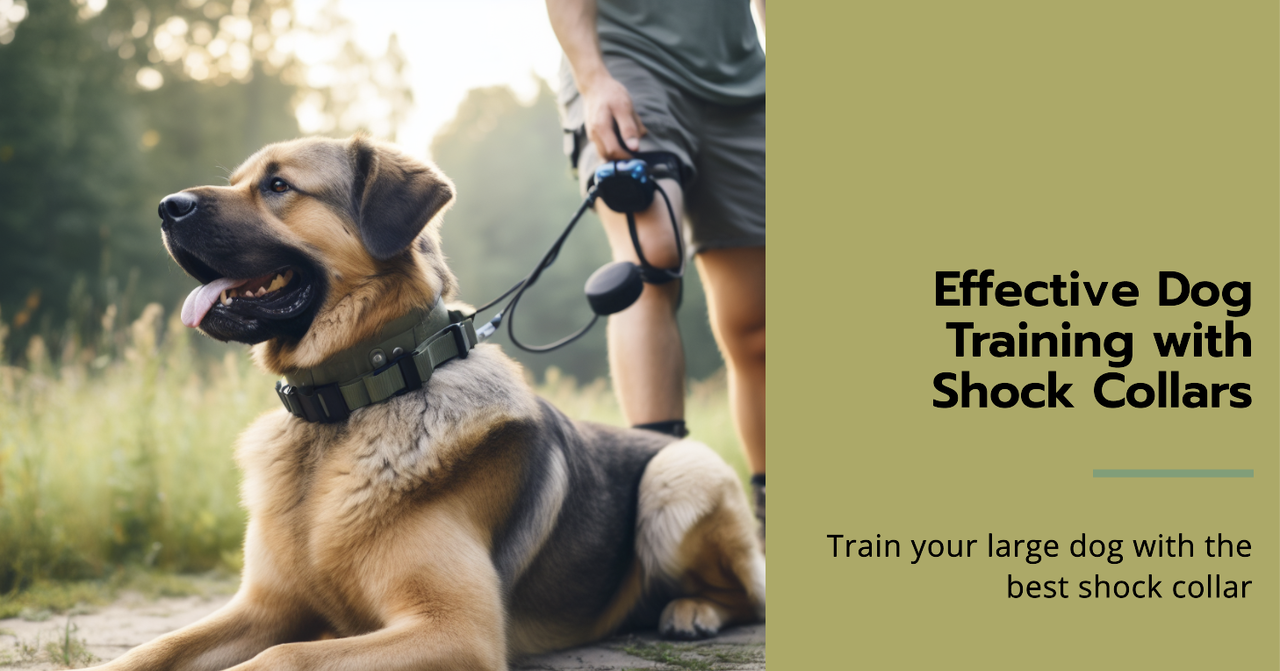
Credit: www.linkedin.com
Frequently Asked Questions On What To Do If Dog Escapes Leash
What To Do If Dog Runs Away Off Lead?
If your dog runs away off the lead, don’t panic. Place familiar-smelling blanket, food, and water where your dog was last seen to attract it back. Call your dog’s voice in a high and excited tone while scanning your neighborhood. Bring a leash, treats, and toys when searching for your dog.
DO NOT chase it; instead, jog backward, lay on the ground, and use its “buzz words” to encourage it to come back to you.
Do Dogs Come Back When They Run Away?
If your dog runs away, it is possible that they may come back if you follow proper steps. Provide food, water, and a familiar scent and search the neighborhood. Use a happy and excited voice and bring a leash, toy &treats.
Do not chase after the dog or panic. Stay calm and use your recall words. Prevent future run-offs by training your dog to walk nicely on the lead.
What To Do With Dogs That Pull The Leash?
If your dog pulls on the leash, try placing something on the ground that they would like to reach, like a toy. If they pull towards it, stop and call them towards you. They will learn that walking on a loose leash leads to getting to the reward.
Train your dog to walk properly on a leash using positive reinforcement.
How Do You Discipline A Dog That Runs Off?
To discipline a dog that runs off, you should not chase them. Instead, remain calm and use a recall word. Encourage them to come back to you and prevent future run-offs by using a leash. If they do not respond to your recall, put out some water, food, & a familiar-smelling blanket at the last place they were seen to attract them back.
Call out their name excitedly using a high-pitched tone.
Conclusion
To conclude What to Do If Dog Escapes Leash, a dog escaping from its leash can be a scary incident for pet owners. However, it is important to stay calm and act promptly to retrieve your furry friend. Remember to never chase them and take steps to prevent future run-offs.
Introducing proper training techniques and using the right equipment can also minimize the risk of escapes. Always ensure your pup is wearing identification tags and is microchipped. Finally, by following these tips and techniques, you can ensure the safety of your beloved pet.

